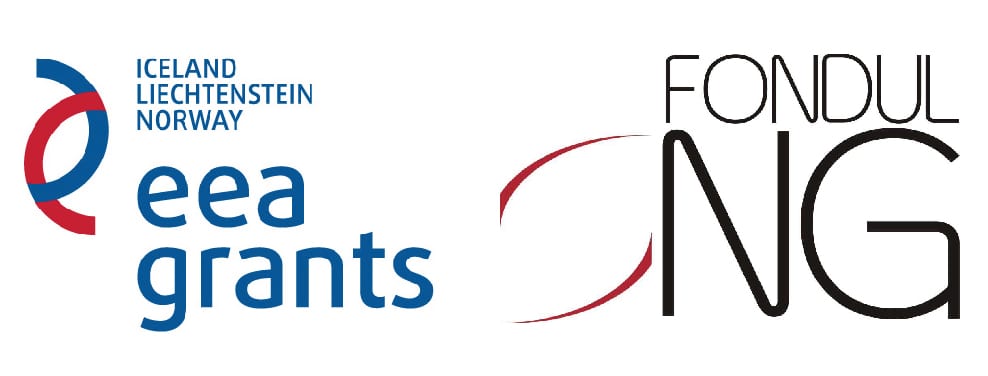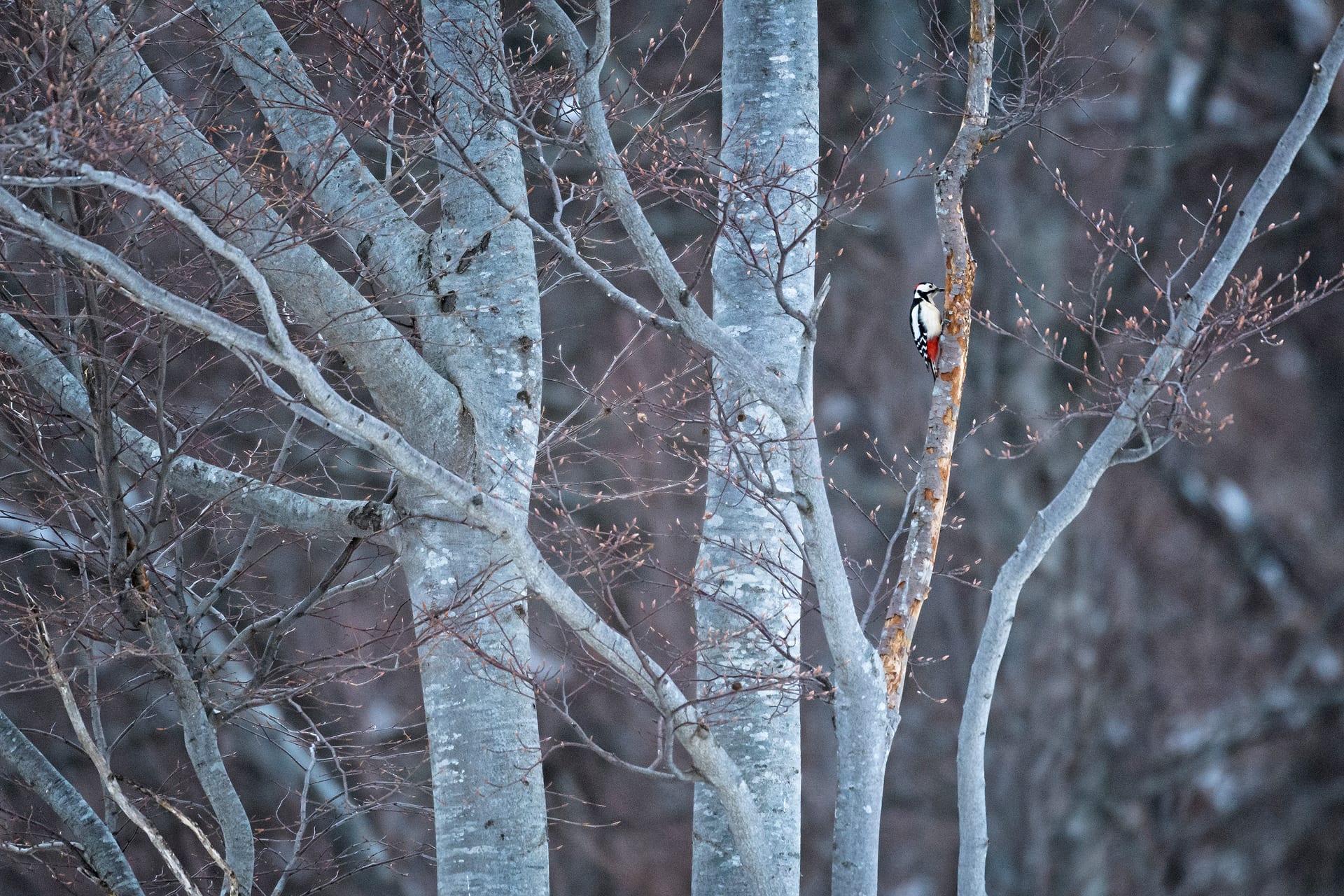
SCOPE OF PROJECT
ECO-TOURISM AND BIODIVERSITY CONSERVATION IN A HUNTING AREA – SUSTAINABLE DEVELOPMENT THROUGH WILDLIFE WATCHING PROGRAMMES
Romania is one of the few countries in Europe where the complete megafauna is still present, including viable populations of large carnivores, which play a crucial role in the functionality of the natural ecosystems. The hunting system has undergone significant changes over the last twenty years. While initially all hunting areas had been managed by the National Forest Service and the General Association of Hunters and Anglers, today 550 out of a total of 1.700 hunting stocks are managed by private hunting associations. Administrative costs of a hunting area can quickly reach several tens of thousands of Euros/year. Consequently, there is a temptation to report higher wildlife numbers, to obtain higher harvesting quotas, which can be sold to trophy hunters. At the same time, due to a lack of control through the responsible authorities, poaching has become a serious threat for wildlife in some hunting areas. At the same time, there is an increasing demand in watching wildlife by visitors to the country, which can bring economic benefits to hunting clubs and to local communities. This project aims to demonstrate that wildlife watching is a viable and sustainable alternative to shooting and overharvesting bears, red deer, and chamois.

OBJECTIVES
1
To study the potential of a wildlife watching programme, in collaboration with tour-operators and local guesthouse owners. Knowing tourism demands is essential for the success of the programme.
2
To develop an eco-tourism offer based on wildlife watching programmes, based on the above mentioned market study.
3
To build wildlife watching hides. Some of these hides will have sleeping possibilities, and all will be situated in places with good views over the area, and where the likelihood of passing wildlife is high.
4
To train local wildlife guides, who will accompany tourists.
5
To promote wildlife watching programmes through wildlife photography exhibitions and in the general media.
ACTIONS IN DETAIL
A.1
MARKET STUDY
We will offer our wildlife watching programme through tour operators, and local guesthouses. This study will research tourism demands and opportunities, and identify the best promotion and marketing options.
A.2
DEVELOPMENT OF WILDLIFE WATCHING PROGRAMME
Based on the market study, we will create various programmes for tour operators and local guesthouses.
A.3
WILDLIFE WATCHING INFRASTRUCTURE
We will build four hides, mainly from natural materials, which will integrate as good as possible into the landscape. Since the best observation hours are early morning or late evening, some hides will have possibilities to stay overnight.
A.4
PURCHASE OF NECESSARY EQUIPMENT
The project foresees the purchase of a 7-seater 4×4 vehicle for the transportation of tourists in rough terrain, the purchase of binoculars and spotting scopes, and the interior equipment for the hides.
A.5
WILDLIFE GUIDE COURSE
Tourists will need a trained guide to accompany them, capable of providing information about wildlife, and all other components of the ecosystems in the region. We will organise a course for ten people from the local communities, which will provide them the necessary knowledge and the legal right of guiding tourists.
A.5
PROMOTION OF THE WILDLIFE WATCHING PROGRAMME
5.000 leaflets with the wildlife watching programme will be offered to tour operators and local guesthouses. A section of the website: www.carpathia.org will be dedicated to these programmes. Also, we will invite a number of journalists to write about wildlife watching opportunities.
RESULTS
1
Creation of a wildlife watching programme for the project area, based on a market study.
2
Construction of an adequate infrastructure for wildlife observation.
3
Purchase of equipment for watching wildlife.
4
Training of ten wildlife guides
5
Promotion of the wildlife watching programme through leaflets, through carpathia.org, and through the general media.
FUNDING
Funding structure of the project RO2014_C3_034:
PROGRESS
Wanted: wildlife guides
We are searching for ten outdoor enthusiasts, who want to accompany tourists in the future, and have... Read more
Press release for project launch
Public information and details about the project has been sent to the Press. Information about the p... Read more
Wildlife guide course – first meeting
There will be 15 participants for the wildlife guide course, which will consist of 2 parts: A minist... Read more
4x4 vehicle
Following public procurement regulations, a public tender has been started to purchase a 4×4 vehicl... Read more
Field trip with international expert
Neil Birnie from Conservation Capital, joined us for one day to share his vast experience about wild... Read more
Wildlife guide course – first field trip
We now started also the practical guide training with the first field trip. Despite heavy rain, we h... Read more
Field trip to Comisu
Comisu is the easternmost elevation of the Fagaras Mountains, with a beautiful view towards Piatra C... Read more
CARPATHIA photography camp
Are you a hunter? A photo hunter? Are you interested in nature and wildlife photography? Then joi... Read more
Construction of wildlife hides is making good progress
As part of our wildlife watching programme, the construction of the first hides is making good progr... Read more
Construction of wildlife hides continues
Thanks to the beautiful weather, the construction of the wildlife hides has started again! At the... Read more
Project financed by the EEA grants 2009 – 2014, through the NGO Fund in Romania.
The contents of this page do not necessarily reflect the official position of the EEA grants 2009 – 2014.
The entire responsibility for the correctness and coherence of the information presented belongs to the website’s owners.
For official information on the EEA and Norway grants visit www.eeagrants.org.
 SHARE
SHARE EMAIL THIS ARTICLE
EMAIL THIS ARTICLE